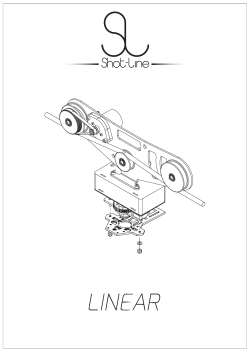
Watson, if I can get a mechanism which will make a current of
Watson, ... if I can get a mechanism which will make a current of electricity vary in its intensity, as the air varies in density when a sound is passing through it, I can telegraph any sound, even the sound of speech. Alexander Graham Bell Arizona State University SES 194 Energy in Everyday Life Energy Flow In A Circuit Frank Timmes ftimmes@asu.edu Let’s discuss how energy flows in a circuit. Battery Wires A battery is connected to a resistor such as a light bulb. The battery converts its chemical fuel into ash, and the resistor gets hot. Resistor - - - + + + + + - Everything connected to one battery terminal acquires the same potential (voltage.) + - One side has a positive charge imbalance and one side has a negative imbalance. + + - + - + + - + + + - - The electric field caused by the opposite charges. Electric field lines exit out of one charged conductor and enter into the other. To be more accurate, we need to draw more than just two patterns. Between these two patterns, draw a third. Then between each of those draw more and more. The end result looks like sheets of electric field lines with arcs between the wires. All conductive materials contain movable charges. The resistor and the battery's electrolyte both are conductive. An electric circuit is a closed path which is full of "fluid" charge; a “fluid” inside a closed ring of pipe. The magnetic field caused by the current loop forms rings around the conductors. To be more accurate, we need to draw more than just two patterns. The end result looks like "tubes" of magnetic field surrounding the wires. Electric and Magnetic fields together. Add more and more patterns between these two until space is filled Most of the field lines are between the two wires,but quite a bit also surrounds the pair as a whole. The electric and magnetic lines are always at 90 degrees to each other. Energy does not flow in the wires, but parallel to them. Energy enters into the resistor, where the surface charge goes from positive to negative at a rate of P = I2R. Energy flow goes from both terminals of the DC battery to the load and never returns to the battery.
© Copyright 2025





















